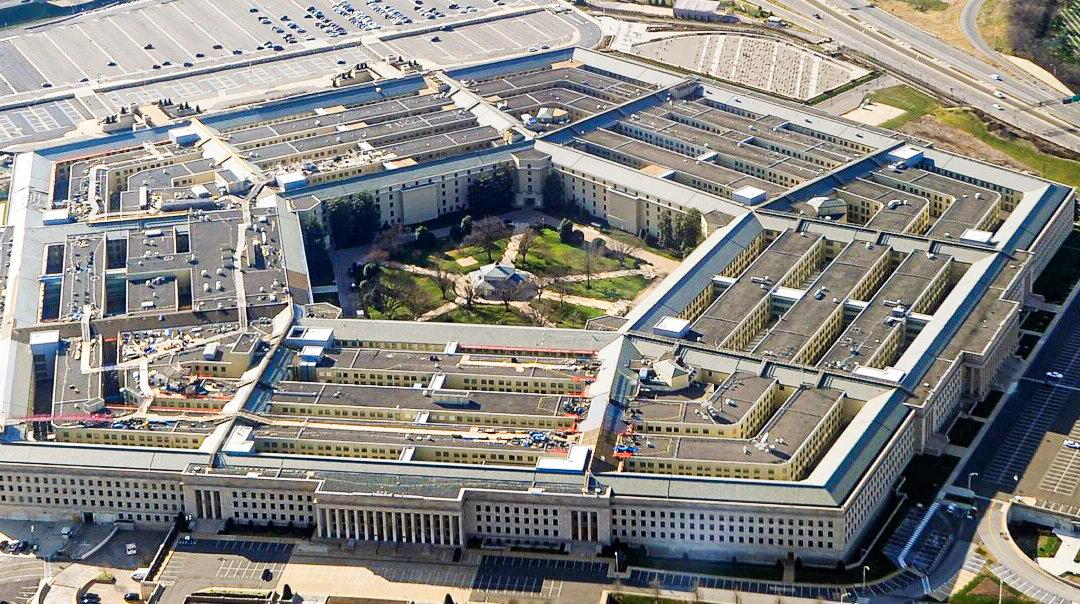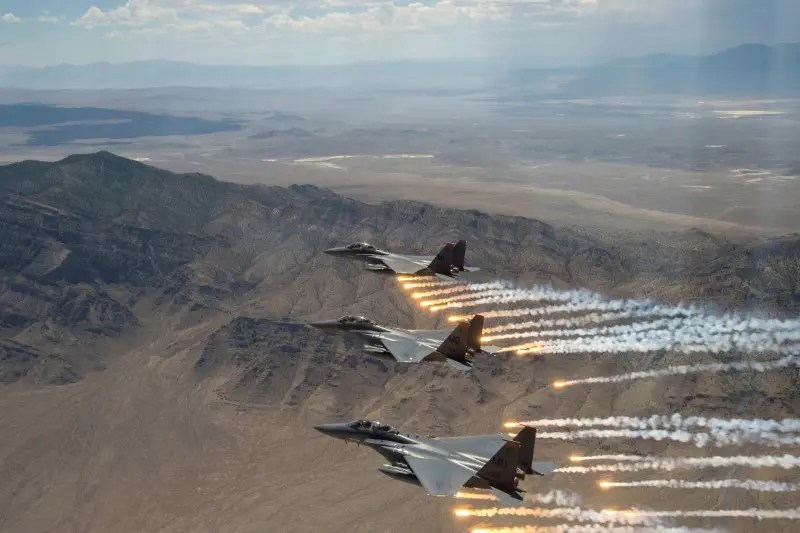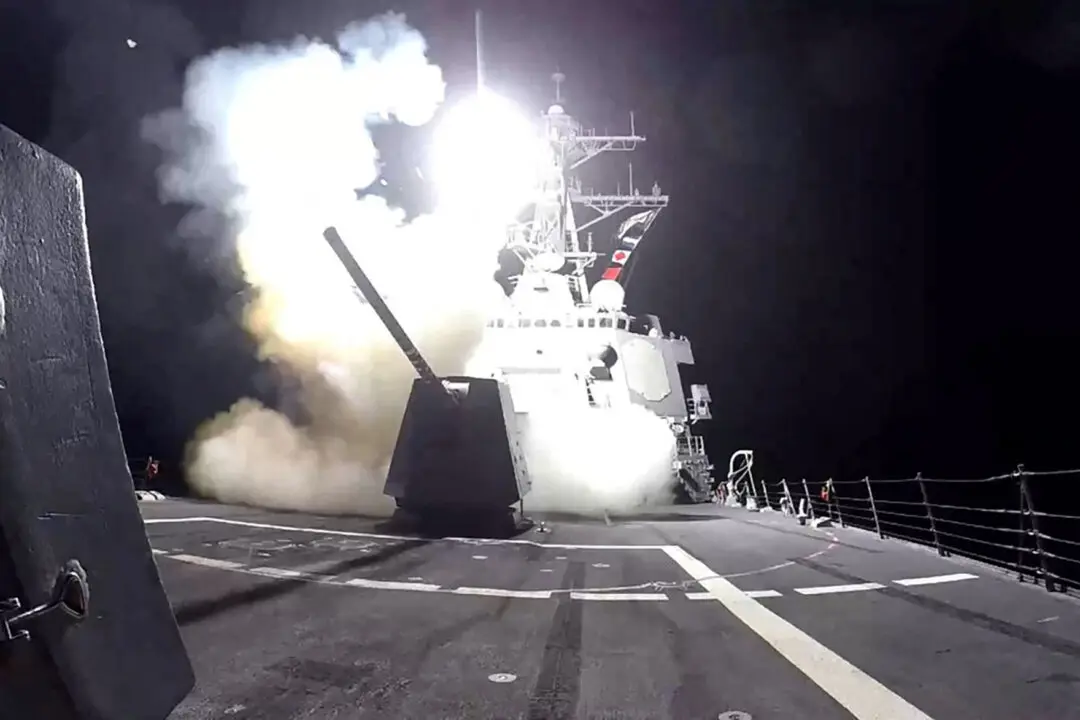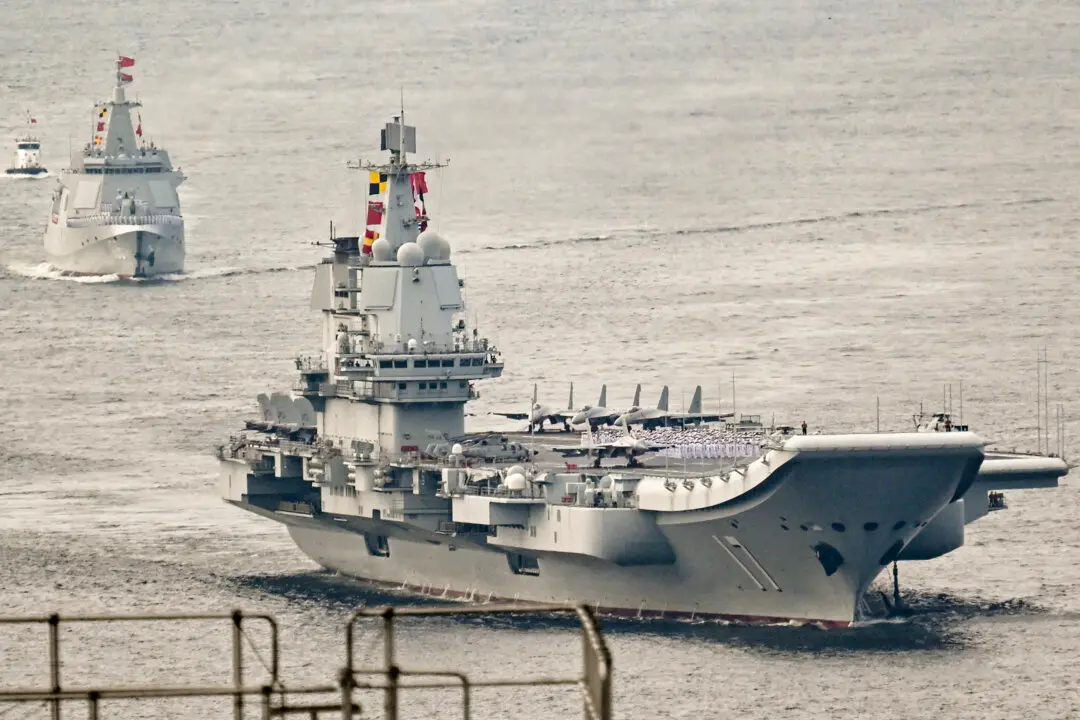The United States’ next national defense strategy will not focus solely on China, but will seek to address a broad array of threats through increased work with allies, according to a senior Pentagon official.
“We recognize China as the ‘pacing challenge,’ as the secretary [of defense] has underscored, and remain profoundly concerned about Russia, and other issues as well,” said Mara Karlin, assistant secretary of defense for strategy, plans, and capabilities.




